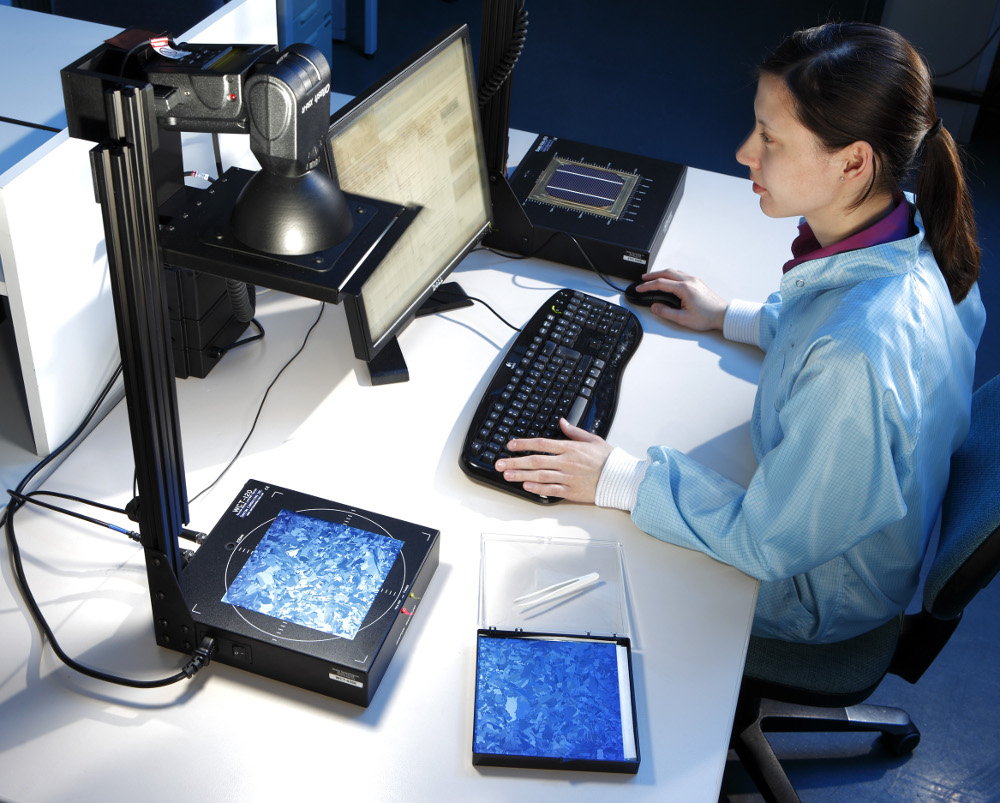
Workgroup Photovoltaics materials research
Contact
Prof. Dr. Jan Schmidt
Head of PV department: human resources
Tel.: +49(0)5151-999 425
E-Mail: j.schmidt@isfh.de

FlexAL from Oxford Instruments for atomic layer deposition (ALD) of AlOx.

SunsVoc (back) and effective lifetime tester (front) from Sinton Instruments
The main aim of the materials research group is to develop an improved basic understanding of the materials currently used by the photovoltaics industry, with special focus on mono- and multicrystalline silicon. Our ultimate goal is to boost the solar cell efficiency, and hence reduce the cost of solar-generated electricity, through an improvement of the material quality. As solar cells are semiconductor devices with a very large surface-to-volume ratio, a second important prerequisite to achieve high efficiencies is an effective electronic passivation of the solar cell surfaces. In the area of surface passivation, our main focus is on novel low-temperature deposited thin films and the characterisation of the corresponding interfaces with crystalline silicon.
The activities within the group can be broken down into the following strongly inter-related research areas:
Defects in mono- and multicrystalline silicon:
- Characterization and improvement of solar-grade silicon materials (Czochralski-Si, block-cast Si)
- Novel silicon materials (n-type Si, Ga-doped Si, thin-film Si)
- Light-induced recombination centres
- Ultra-sensitive detection of metallic impurities
- Interaction of impurities (defect reactions)
- Mapping of recombination and trapping centres
- Material improvement by gettering, hydrogenation and optimized solar cell processes
Novel characterization techniques:
- Temperature- and injection-dependent lifetime spectroscopy
- Mapping of lifetimes, trap densities and energy levels using infrared cameras
- Analyses of defect reactions using time- and temperature-dependent measurements of lifetimes and solar cell parameters
- Interface characterization using combined Kelvin probe and lifetime measurements
Surface passivation:
- Low-temperature surface passivation of Si solar cells (SiNx, a-Si, Al2O3, PEDOT:PSS, TiOx)
- Analyses of fundamental passivation mechanisms
- Characterization of interface properties (interface trap density, recombination)
- Theoretical modelling
